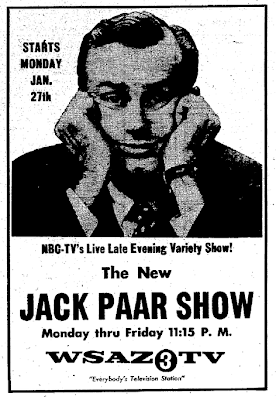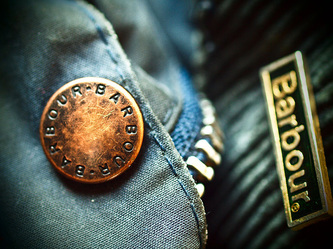
Water Distribution at City Plaza on Wednesday, Sat 4pm – 8pm Mississippi capital’s black business owners decry water woesĦ0-plus business owners helped at MS-Community Navigator’s first Lending Fair – 3 owners excited to get state certificate August is National Black Business Month Marcus Wright speaksĬommentary: Water blame game can’t shroud the truth “Cover Mississippi”, kickoff campaign launches this Friday at Metro Mall Remembering Katrina: “I didn’t plan to evacuate”Īmber Alert: Two year old Myra Lewis is missing KATRINA: Jordan family reflects on unforgettable experience Most of all, its existence would help to preserve, and be a reminder to all citizens of the community’s shared heritage.Mike Epsy: Statment of Candidacy for United States Senate

With the appropriate care, Old Barbour’s could become a facility to house and display historical documents and artifacts as well as a place for classes, activities and special events. It is located a block from the only other landmark that symbolizes African American heritage in the community, Booker T.

Old Barbour’s Chapel is a very special place in the hearts of African Americans of Mainland Galveston County. In 2006, a new edifice was built and the congregation was moved from Old Barbour’s, affectionately known as “The Castle”, to the new location at 7420 FM 1765. Today, the old church is located within the designated “green belt” surrounding the refineries and petroleum plants located at Texas City’s port. It was the first African American Church in Galveston County to establish and educational fund to encourage and provide financial assistance to its college students. In 1945, the wooden church was renovated and became known as the “little church with a big heart.” After the Texas City Disaster in 1947, Barbour’s Chapel opened its doors to the community for emergency medical care, food, clothing and temporary shelter. Scott took the helm as the first full-time pastor. Over the next few decades the organizational structure of the church grew, shepherded by seven pastors between 19 when the Rev. The wood church became the property of the Old Landmark Association. Barbour continued for seven years, leaving in 1920 to return to Galveston before eventually moving to Tennessee. The wharf on Bay Street served as the baptismal pool for new concerts. A small wooden church building was soon erected.

With a vision to provide spiritual leadership to African Americans, in 1913, he purchased a parcel of land on the corner of Eighth Street South and First Avenue North (now Martin Luther King Avenue), located in the city’s second division. Barbour moved to Texas City from Galveston, where he led the congregation at Macedonia Baptist Church. In the early part of the 20th century, Reverend R. MY EAST TEXAS Galveston Historical Foundation Announces 2015 Heritage At Risk List OLD BARBOUR’S CHAPEL BAPTIST CHURCH, 801 MARTIN LUTHER KING, TEXAS CITY (Built 1913, renovated 1945) Barbour's Chapel's Bell and Cornerstone (1949) are on permanent display inside the African American Cultural Park in Texas City.


 0 kommentar(er)
0 kommentar(er)
